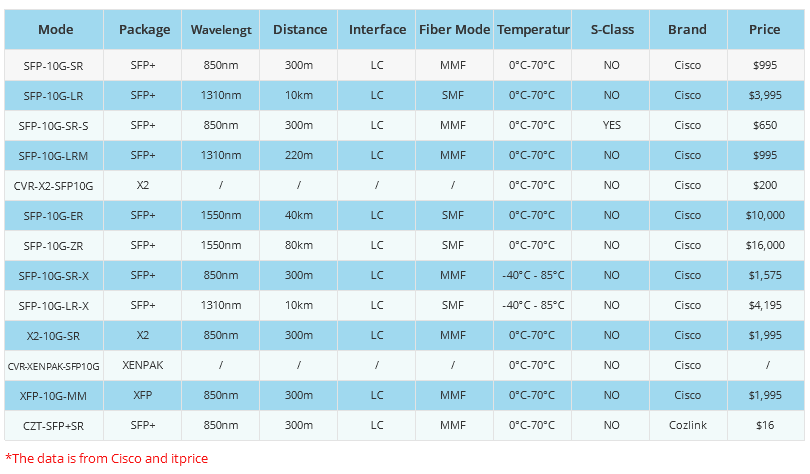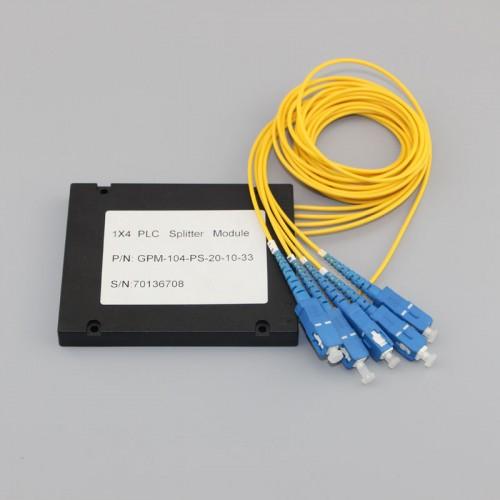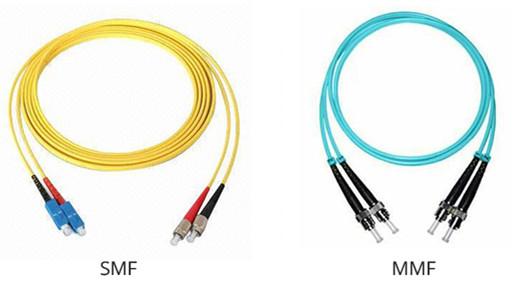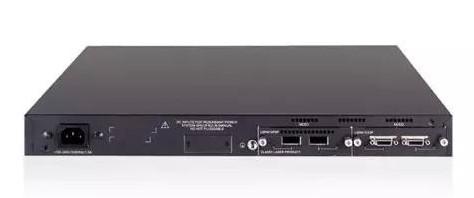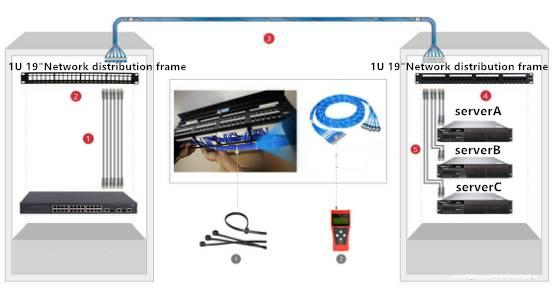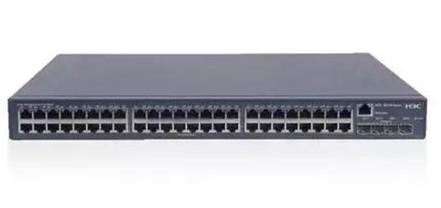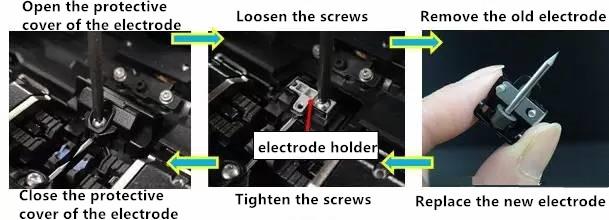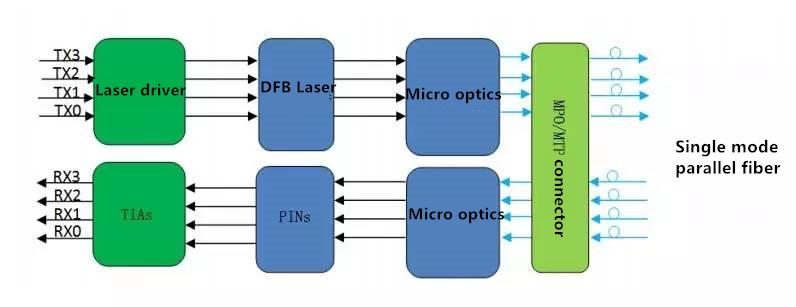- Related articles
- The New Easy-to-Use Managed Switches-Cisco 350 Series
- What are Advantages of Fiber Optic Cables?
- All Cisco DS-SFP-FC10G-SW's information (List price, Specs, Datasheet PDF, Compatibility m
- Installation of Fiber Optic Cable
- Fiber Optic Solutions for Cisco C3KX-NM-10G Module
- Optical Transceivers for Cisco WS-C3750G-48PS-E Switch
- What is 10Gb Network Card?
- CISCO Catalyst 3750 Family
- Optical Transceivers for Cisco WS-CBS3125G-S Switch
- All Cisco XFP-10GER-192IR+’s Information (Overview, Features, Datasheet PDF, Price, Specif
Recommend tag
40G QSFP+Ultra Long Distance Transmission Optical Module 丨 40G QSFP+ER4ZR4
2024-11-07
40G optical modules can provide high-density and low-power 40G Ethernet high-speed interconnection for data centers, high-performance computing networks, and telecommunications operators. The commonly used packaging forms for 40G optical modules include CFP, QSFP, and QSFP+optical modules. Among them, 40G QSFP+optical modules are developed based on QSFP and are specifically designed for high-density applications. Compared with traditional SFP+optical modules, they have higher port density and lower overall system costs.
40G QSFP+optical modules are mainly divided into models such as SR4, SR BIDI, LR4, ER4, ZR4, etc. Among them, ER4 and ZR4 are long-distance transmission optical modules. Next, let's take a look at how ER4/ZR4 optical modules achieve ultra long distance transmission and what are the differences between the two.

40G QSFP+ ER4
ETU-LINK 40G QSFP+ER4 four channel full duplex transceiver module, using LC interface, can transmit up to 40Km on single-mode fiber SMF, with a working temperature range of 0 ° C to+70 ° C.Analysis of the working principle of 40G QSFP+ER4 optical module products
The 40G QSFP+ER4 optical module is a transceiver module designed specifically for long-distance optical communication applications. This design complies with the 40GBASE-ER4 standard in the IEEE 802.3ba standard. This module converts 4 10Gb/s electrical signals into 4 CWDM optical signals and multiplex them into one 40Gb/s optical transmission. On the contrary, at the receiving end, the module demulsifies the 40Gb/s input into four CWDM channel signals and converts them into output electrical signals for four channels.The center wavelengths of the four CWDM channels are 1271nm, 1291nm, 1311nm, and 1331nm, respectively, and they belong to the CWDM wavelength grid defined in ITU-TG694.2. It includes a duplex LC connector for optical interfaces and a connector for a 148 pin electrical interface. In order to reduce light dispersion in long-distance systems, the module must use single-mode fiber (SMF).
The 40G QSFP+ER4 optical module is designed according to the QSFP Multi Source Agreement (MSA), with external dimensions, optical/electrical connections, and digital diagnostic interfaces. Its design meets the harshest external working conditions, including temperature, humidity, and electromagnetic interference.
Application scenarios of 40G QSFP+ER4 optical module products
The rapid development of technologies such as cloud computing, big data, and artificial intelligence has led to an increasing demand for high-speed, high-density, and highly reliable network communication. In this market context, 40G QSFP+ER4 optical modules, as an advanced transmission technology, will be widely used in data centers, communication network construction, optical communication and other fields. The 40G QSFP+ER4 optical module is suitable for various application scenarios, and the following are several typical scenarios:Data Center: With the expansion of data center scale and the increasing demand for data transmission speed, 40G QSFP+ER4 optical modules have become ideal transmission modules within and between data centers.
Metropolitan Area Network/Local Area Network: In metropolitan and local area networks, 40G QSFP+ER4 optical modules can be used to improve network transmission speed and expand network capacity.
5G communication: 5G communication technology requires extremely high network transmission speed and stability, and 40G QSFP+ER4 optical modules can help achieve high-speed transmission in 5G communication networks.
Fiber Channel: In fiber channel applications, 40G QSFP+ER4 optical modules can achieve high-speed data transmission and improve the efficiency of storage area networks.

40G QSFP+ ZR4
ETU-LINK 40G QSFP+ZR4 four channel full duplex transceiver module, using LC interface, can transmit up to 80Km on single-mode fiber SMF, with a working temperature of 0 ° C to+70 ° C.working principle
The 40G QSFP+ZR4 optical module adopts wavelength division multiplexing (WDM) optical transmission technology, and uses MUX/DEMUX (multiplexer/demultiplexer) to combine multiple optical signals using different wavelengths into one optical fiber for transmission.The 40G QSFP+ZR4 optical module converts four 10G data input channels into four WDM optical signal channels, with a data transmission rate of up to 11.2Gbps per channel.
Application scenarios
40G QSFP+ZR4 is transmitted via single-mode fiber optic through duplex LC connectors, suitable for long-distance, high-capacity fiber optic communication systems, fiber optic local area networks, and various fiber optic sensors. It is suitable for fiber optic switches, fiber optic routers, firewalls, fiber optic network cards, servers, storage devices, fiber optic transceivers, and other equipment.40G QSFP+ ER4/ZR4
The 40G QSFP+ER4/ZR4 optical module adopts wavelength division multiplexing optical transmission technology, using MUX/DEMUX (multiplexer/demultiplexer) to combine multiple optical signals using different wavelengths into one optical fiber for transmission, converting four 10G data input channels into four WDM optical signal channels, with a data transmission rate of up to 11.2Gbps per channel.
40G QSFP+ER4/ZR4 optical modules are essential in data center network construction, specifically designed for long-distance transmission over 40G Ethernet. They are suitable for high-capacity fiber optic communication systems, fiber optic local area networks, and various fiber optic sensors.

TECHNICAL SUPPORT
Get solutions or consultation from the technical team.




























































